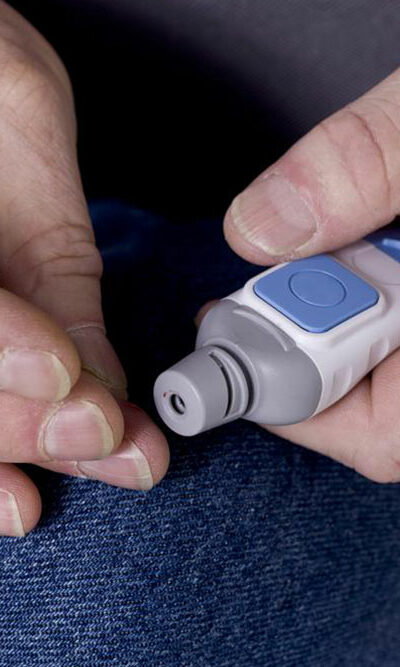
Important things to know about SMA
Spinal muscular atrophy (SMA) is an autosomal recessive genetic disorder that hampers with a child’s ability to move by affecting motor nerve cells that control voluntary muscle movement. This disease is progressive in nature and is caused by the loss of specialized motor neurons in the spinal cord and the brainstem. This affects a child’s ability to perform motor activities such as sitting up, jumping, walking, crawling, and controlling head movement. SMA mainly causes muscle wasting and weakness. Moreover, some people who suffer from severe cases of SMA face difficulty in breathing and swallowing as the muscles used for these functions are also affected. Below is some information on different types; diagnosis and treatments of SMA that can help families of the affected children understand the disease better. Types of SMA SMA can be classified into five different types: 0, I, II, III, and IV. Each type is categorized on the basis of different symptoms, and physicians often determine the type by understanding the symptoms. Type 0 Type 0 SMA is one of the most severe types. It is identified on the basis of symptoms such as decreased fetal movements, joint abnormalities, inability to swallow properly, and respiratory failure. This type occurs in a child before birth or within the first few months of birth. Type I Type I SMA is also called the Werdnig-Hoffman disease. It is one of the severe types of SMA that affects a person since their birth or within the first few months after birth. It is quite similar to the type 0 SMA as type I affected infants also face delayed physical developments. Children with this type exhibit symptoms such as breathing and swallowing problems that can cause choking. Other symptoms include diminished limb movements, fasciculation, tremors, hypotonia (severely reduced muscle tone), and lack of tendon reflexes.










